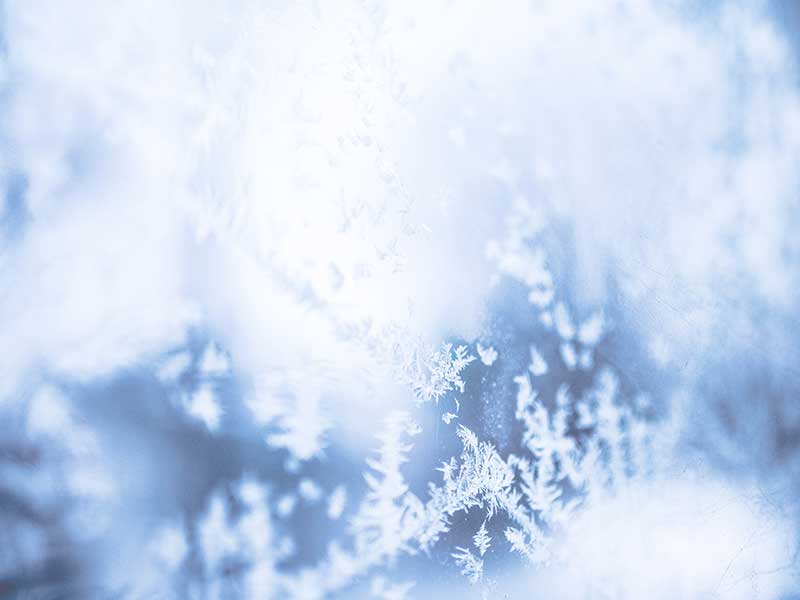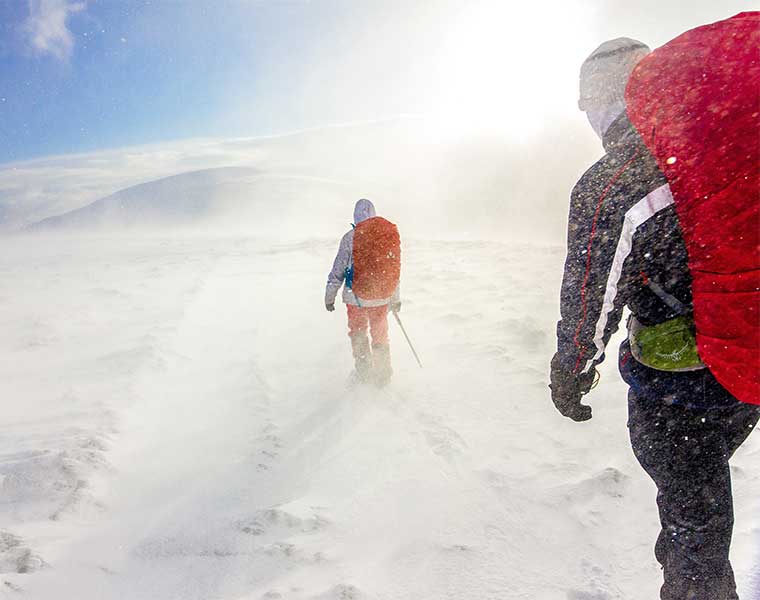How to treat and prevent frostbite

Low winter temperatures can cause damage to the outside of our bodies, the main one being frostbite to our muscles and skin. During the winter season, especially for those who are physically active outdoors, e.g. in the mountains, low temperatures and their consequences are a challenge to be faced every season to avoid and also to prevent possible frostbite.
In this article we will go into more detail about what frostbite injuries are, what causes them, how they can affect our bodies and we will also give you some tips on how to treat and avoid frostbite. You can apply the tips in your daily life, they will make your life easier when doing physical activities outdoors, especially in difficult climates such as in the mountains or forests, during the winter season.
A story of frostbite that left no one indifferent
Before going into detail on the more biological aspects of frostbite, we cannot forget to mention the experience of the British adventurer and explorer Sir Ranulph Fiennes. He was the protagonist of a story of overcoming the odds that managed to captivate the whole world in the year 2000 and that laid the foundations of frostbite as an overexposure of the skin to extreme cold, proving painful and debilitating injuries to the human being.
The Briton was exploring on his way to the North Pole when, while on an ice shelf, his sledges, carrying many supplies, fell through the ice. Fiennes managed, thanks to a great feat, to pull the sledges out of the ice by himself.
He made it out of the accident alive but was not unhurt. Back in England, the doctors who treated him noticed that his fingertips were blackened by severe frostbite. His trusted doctor insisted to Fiennes that they should wait until the pain subsided before treating him, but the explorer opted for extreme treatment.
Faced with what he said was the most agonising pain he had ever suffered, he went to his shed, took a saw and amputated all his frozen, dead fingers one by one. It is a story that has been much disputed since the year 2000 but, in the end, it is a true story of frostbite where the whole world was able to see the possible consequences of exposing our bodies to extreme cold.
What is freezing?
The freezing process occurs when extremely cold temperatures cause human skin tissue to freeze. As a defence shield, to preserve itself, our body stops circulating blood to the frozen parts of our body. which it considers to be "disposable".
This causes ice crystals to form, blood vessels to coagulate and tissue death to occur.
Identifying frostbite
Initially the skin turns pale or red as an indicator that something is wrong, an indicator of danger. In the first moments of frostbite, the pale, red skin feels numb or "prickly". Sufferers feel some burning sensation as warm blood flows in the direction of the pinched skin. At this early stage, the damage is never permanent in humans.
Freezing, which is initially surfaceThe frozen skin is then turned into a frozen skin. pale, cold and numb. The tissue may feel warm but it is cold to the touch. This is why subsequent rewarming will cause pain, swelling, itching and may cause blisters.
Where it is located
Frostbite usually affects the parts of the body that are most exposed to extreme temperatures or the parts of the body that are prone to lose temperature the fastest, such as the nose, fingers, hands, ears or cheeks. Frostbite can also occur while wearing boots and gloves.

Some tips that can make your mountain activity easier, what to do if you have frostbite?
When we are exposed to the cold, doing physical activities outdoors, it is to be expected that our joints are exposed to the cold as well. However, frostbite is much more than just extreme cold or too much time spent outdoors in very low temperatures. The initial symptoms on the cheeks, nose and fingers, such as reddened skin, numb skin or a tingling sensation, should be taken into account.
These indications are also key when it comes to observing symptoms in people travelling with us. Numbness is a key factor that sometimes presents itself to the eyes of others even if the victim himself is not aware of it.
Dress appropriately
Always wear clothing that is appropriate for the conditions in which you will be operating. Particular attention should be paid to feet, hands, cheeks and ears.
On the other hand, if you have a predisposition to cold fingers, a good option is to consider using heat packs for boots and gloves, especially for younger children who are more prone to frostbite.
Get into a warm place
The first thing to do is to find a shelter or an enclosed place where you can get warm. The second thing to do is to take off any wet clothes. The hypothermia is another of the most dangerous threats accompanying the risk of frostbite and should be ruled out or addressed first.
Immerse the frozen areas in warm water
The water should be lukewarm, not hot under any circumstances because it will hurt, and hurt a lot. Frostbite inhibits their ability to feel temperature, so victims must have someone to help them prepare a warm bath with the water between 37 and 42ºC. If a bath is not possible, the solution is to wrap the frostbitten areas with body heat.
Seek medical attention
Seek medical attention if necessary, especially in the following cases: if there are signs of superficial or severe frostbite, if you feel increased pain or swelling, or if a fever develops.
Sir Fiennes' scenario is a worst-case scenario, so we recommend that you follow the doctor's protocol rather than take matters into your own hands.
Don't miss any adventure in the Pyrenees!
